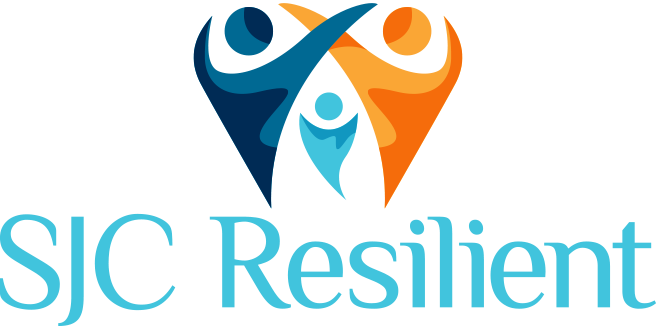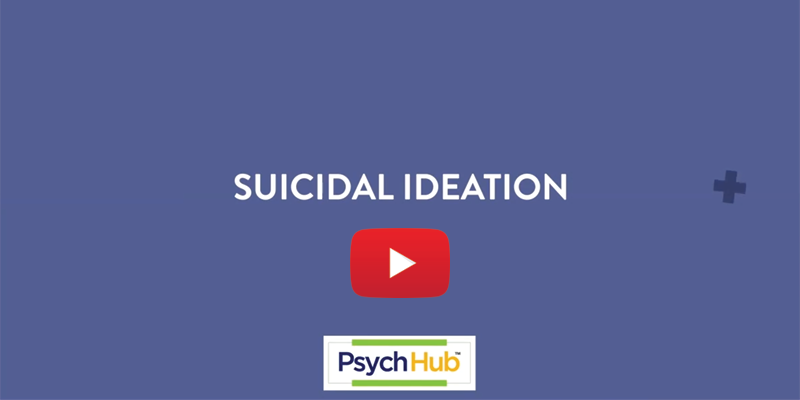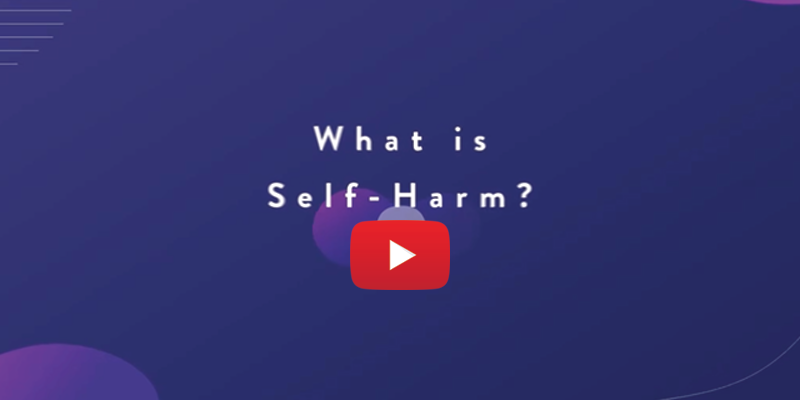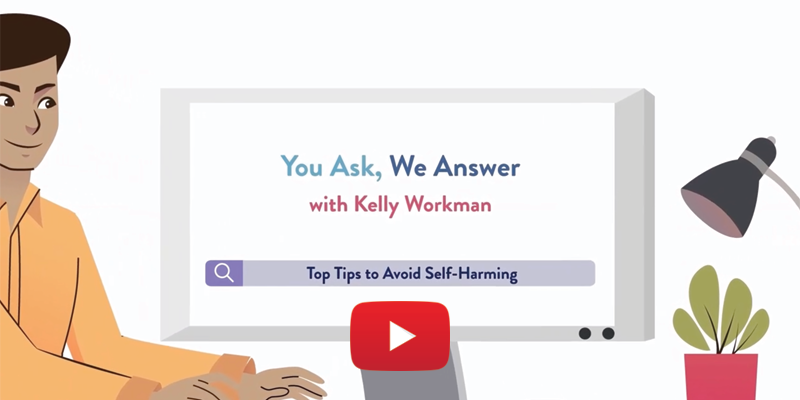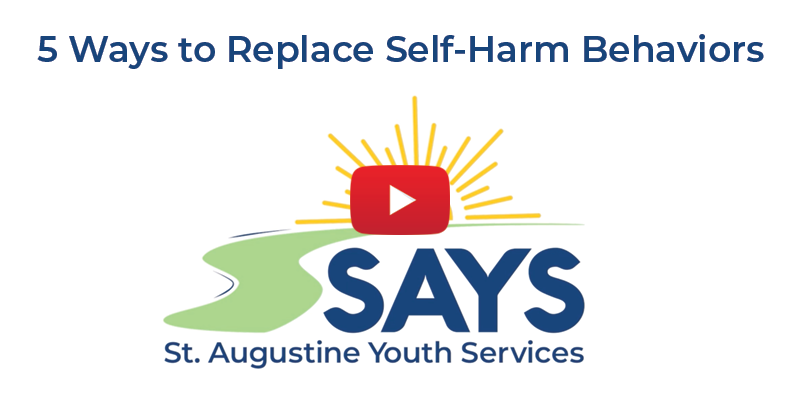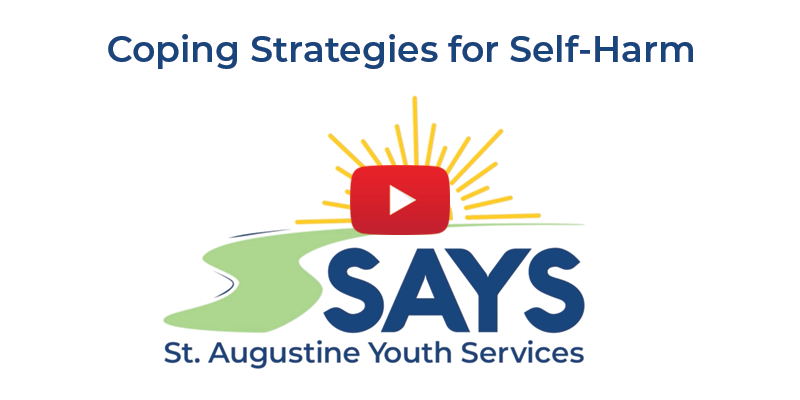understanding suicide warning signs
Recognizing the warning signs of suicide is crucial for early intervention. Here are some common indicators that someone may be at risk:
- Persistent feelings of sadness, hopelessness, or despair
- Withdrawal from friends, family, and activities they once enjoyed
- Increased substance abuse or engaging in risky behaviors
- Giving away personal belongings or saying goodbye to loved ones
- Expressing feelings of being a burden to others
If you or someone you know is experiencing these signs, please reach out for help immediately. Together, we can provide the support needed to save lives.
